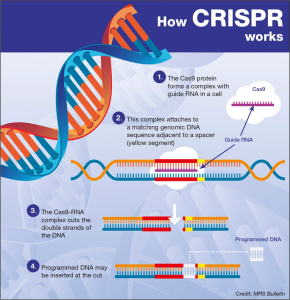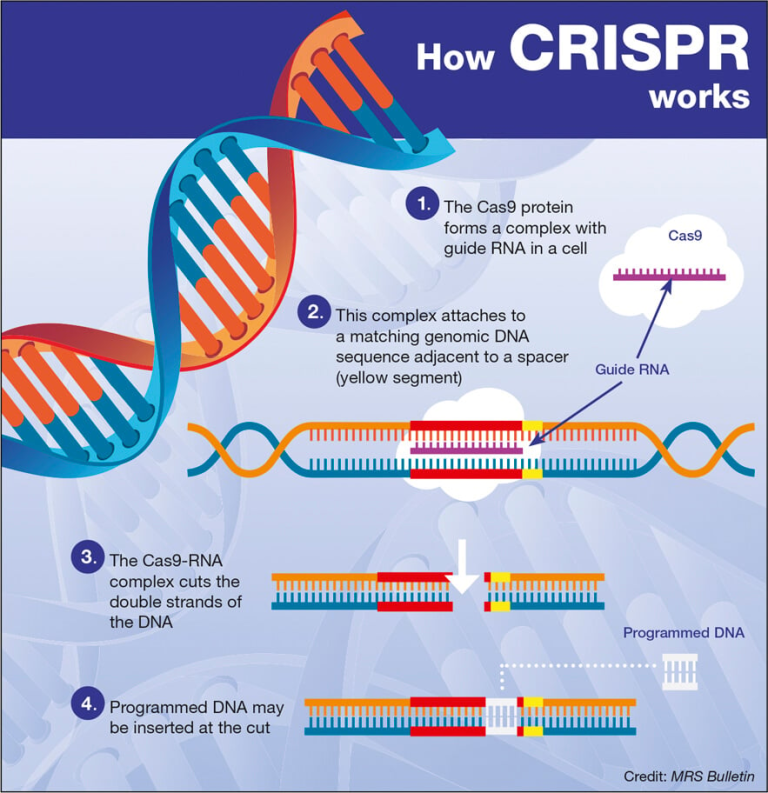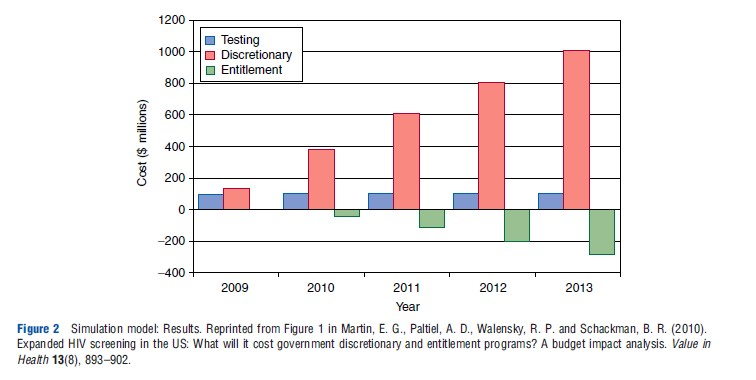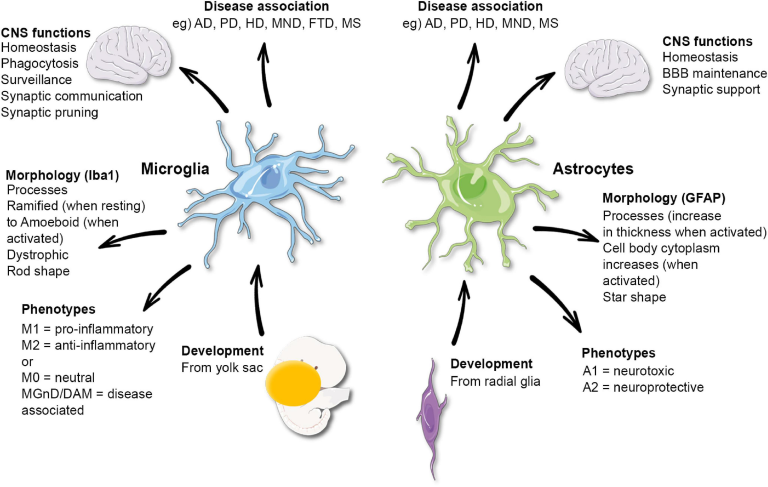Pediatric cancer recurrence poses a significant challenge for healthcare providers and families alike, especially among children diagnosed with brain tumors like pediatric gliomas. Recent advancements in AI in medicine have opened new avenues for predicting cancer relapse with remarkable accuracy, particularly through innovations like temporal learning AI. In a groundbreaking study, researchers discovered that an AI tool analyzing multiple brain scans over time outperformed traditional methods in assessing relapse risks for these young patients. The urgency for better predictive tools reflects the devastating impact that tumor recurrence can have on children’s health and their families’ well-being. By integrating advanced technology into brain tumor treatment protocols, healthcare professionals aim to enhance patient care and provide timely interventions that could potentially improve outcomes in pediatric cancer cases.
The issue of recurrence in childhood cancers, particularly brain tumors, remains a pressing concern for medical professionals and caregivers. New research highlights that artificial intelligence can play a pivotal role in forecasting the likelihood of relapse, utilizing continuous imaging data to increase the predictive success rate compared to conventional practices. This innovative approach not only recognizes patterns over time but also offers insights into treatment efficacy for conditions like pediatric gliomas. With the aid of temporal learning AI, specialists are better equipped to anticipate cancer events, ultimately guiding more personalized care strategies. As we delve deeper into this evolving topic, we uncover the potential for AI technology to revolutionize pediatric oncology and enhance support systems for affected families.
The Role of AI in Predicting Pediatric Cancer Recurrence
Artificial Intelligence is transforming healthcare, particularly in oncology where it offers novel approaches to predicting pediatric cancer recurrence. In traditional paradigms, medical professionals relied on individual scans to assess the risk of relapse, which often led to inadequate predictions. The recent research conducted at Mass General Brigham has demonstrated that AI tools can analyze multiple brain scans over time, considerably improving the accuracy of these predictions. By integrating advanced algorithms, these AI models have shown a remarkable ability to interpret complex data, making them a potent ally in the fight against pediatric cancer.
In the context of pediatric gliomas, this innovative approach offers significant advantages. Gliomas, primarily brain tumors in children, pose significant risks of recurrence even after treatment. AI provides an opportunity to replace the anxiety-inducing routine MRIs with more tailored follow-up strategies, ensuring that only those at higher risk undergo intensive monitoring. By leveraging deep learning techniques and data from thousands of pediatric brain scans, AI not only streamlines the diagnostic process but also enhances decision-making for oncologists, leading to more personalized and effective care options for young patients.
Temporal Learning AI: A Breakthrough in Cancer Detection
Temporal learning AI represents a groundbreaking advancement in how we monitor pediatric gliomas and predict their recurrence. Unlike traditional methods that analyze single snapshots in time, this cutting-edge technology examines a sequence of MR scans over months. By training the AI to recognize changes that may indicate a shift in the patient’s condition, this method significantly boosts predictive accuracy. The study revealed success rates between 75-89% for predicting cancer recurrence, a notable improvement compared to previous models that hovered at chance levels.
The implications of temporal learning AI extend beyond mere prediction; they reshape the pediatric oncology landscape. Enhanced accuracy could lead to fewer unnecessary MRIs for low-risk patients, ultimately reducing stress on the children and their families. In high-risk cases, though, early identification allows for preemptive interventions, such as targeted therapies that can mitigate or manage the potential resurgence of cancer. This duality not only optimizes resource allocation within healthcare systems but also significantly enhances patient care outcomes.
Advancements in Treatment for Pediatric Gliomas
The advent of innovative treatment methodologies for pediatric gliomas is crucial in combatting this complex disease, which often manifests with differing degrees of severity and recurrence risk. Surgical interventions remain the first line of defense for these tumors, but combining surgery with advanced AI-based predictive tools could revolutionize post-operative care. Therapies informed by accurate predictions of recurrence can personalize treatment plans, maximizing success while minimizing risks and unnecessary procedures.
As researchers continue to explore the intersection of AI and pediatric oncology, collaborations among medical institutions promise to unlock further advancements. With extensive datasets gained from various hospitals, the potential for AI models to improve not only the prediction of cancer recurrence but also the overall treatment landscape is immense. Through improved understanding of each child’s unique form of glioma and a robust predictive framework, targeted and personalized treatment plans can be developed.
Impact of AI on Pediatric Cancer Follow-Up Care
AI’s integration into pediatric cancer follow-up care signifies a leap towards enhanced quality of life for young patients and their families. Traditional post-treatment monitoring strategies are often burdensome, involving frequent, anxiety-inducing scans that may not effectively reduce the risk of undetected cancer recurrence. By utilizing AI, specifically through temporal learning methods, families can experience a more streamlined process, reducing the number of unnecessary visits while maintaining attentive care for those at risk.
Moreover, the ability to accurately predict which children are at higher risk of recurrence allows oncologists to allocate resources efficiently. Patients at lower risk can be provided with less frequent monitoring, enabling them to return to a semblance of normalcy in their lives. Conversely, those identified as high-risk can receive more aggressive follow-up care or targeted therapies, thus improving their chances of successful management after initial treatment.
Ethical Considerations in AI Use in Pediatric Oncology
The implementation of AI in pediatric oncology brings forth significant ethical considerations that must be addressed proactively. While advancements in predicting pediatric cancer recurrence promise enhanced patient care, the reliance on AI systems raises questions of data privacy and security, especially regarding sensitive health information of minors. Ensuring that these systems are designed with ethical protocols and stringent data protection measures is paramount to fostering trust among patients and their families.
Furthermore, as we delve deeper into AI’s capabilities in predicting and managing pediatric cancers, equitable access to this technology must be prioritized. Disparities in healthcare often result in unequal access to advanced treatment modalities, which could exacerbate existing inequalities in cancer outcomes. It is crucial that the advantages of AI tools in predicting cancer recurrence are made available to all children, regardless of socioeconomic status, ensuring that these breakthroughs benefit every patient equally.
The Future of Pediatric Cancer Treatment with AI
Looking ahead, the role of AI in pediatric cancer treatment appears promising, with ongoing research and development poised to transform therapeutic strategies. The incorporation of predictive AI tools within clinical workflows can enable oncologists to make data-driven decisions that improve survival rates and patient outcomes. As the understanding of pediatric gliomas evolves, leveraging advanced technologies such as AI will be vital in creating robust treatment protocols that are responsive to individual patient needs.
The future will likely see a more personalized approach not only in predicting recurrence risks but also in devising treatments tailored to the unique biological characteristics of each tumor. This shift from a one-size-fits-all approach to a more nuanced, personalized medicine could significantly enhance care for children battling gliomas and other pediatric cancers, with AI technology serving as a fundamental catalyst in this transformation.
Collaboration Between Institutions for Improved Outcomes
Collaboration among leading cancer research institutions is crucial for advancing AI technologies in pediatric oncology. The joint efforts shown in studies such as the one from Mass General Brigham exemplify how pooling resources and expertise can yield significant insights into predicting pediatric cancer recurrence. By sharing data and findings across institutions, researchers can refine AI models and extend their applications, ultimately leading to better management of pediatric gliomas.
These partnerships not only drive innovation but also facilitate a culture of learning and adaptation, where clinical practices can be quickly updated based on the latest research findings. As these collaborations grow, the collective knowledge gained could be instrumental in developing standardized protocols that arise from well-tested AI predictions, ensuring that all children benefit from the best possible clinical care as they navigate their cancer journeys.
AI Tools Enhancing Early Detection of Relapses
The application of AI in enhancing early detection of pediatric cancer relapse represents one of the most exciting developments in modern medicine. The innovative algorithms designed to leverage temporal learning have made strides in analyzing historical imaging data, enabling healthcare providers to detect subtle changes that may indicate a potential relapse. This early warning system could drastically change the narrative for pediatric glioma patients, allowing for timely and potentially life-saving interventions.
By shifting the focus from reactive to proactive care, AI tools offer the opportunity to act before the cancer has a chance to resurface. This can lead to implementations of treatments that are initiated based on AI predictions, thereby increasing the likelihood of more favorable outcomes. The empowering capability of AI to deliver insights quickly and accurately is essential as we work towards not only treating but also preventing pediatric cancer recurrence.
Training AI for Accurate Risk Assessment
Training AI to assess the risk of pediatric cancer recurrence involves meticulously curating and analyzing extensive datasets. The process used in the Mass General Brigham study illustrates how integrating multi-modal imaging data can significantly elevate accuracy levels in predicting relapses. By sequentially teaching AI to interpret MR scans from multiple time points, researchers can effectively develop models that are better suited for real-world applications in pediatric oncology.
This continuous training not only enhances the AI’s predictive capabilities but also builds a more comprehensive understanding of how gliomas behave over time. As AI technology advances, further refinement of risk assessment models will likely lead to groundbreaking improvements in patient monitoring strategies, transitioning from periodic scans to tailored surveillance protocols that match individual risk profiles.
Frequently Asked Questions
What advances have been made in predicting pediatric cancer recurrence using AI tools?
Recent studies demonstrate that AI tools, particularly those leveraging temporal learning, significantly enhance the prediction of pediatric cancer recurrence risk compared to traditional methods. For instance, an AI tool developed by researchers at Mass General Brigham showed an accuracy rate of 75-89% in predicting glioma recurrence by analyzing multiple MRI scans over time.
How does temporal learning improve predictions for pediatric cancer recurrence in gliomas?
Temporal learning enhances predictions for pediatric cancer recurrence by allowing AI to analyze a sequence of MRI scans taken over months. This method identifies subtle changes in the brain that correlate with tumor relapse, outperforming standard practices that rely on single scans.
Why is predicting pediatric cancer recurrence important for children with brain tumors?
Predicting pediatric cancer recurrence is vital as relapses in brain tumors, like gliomas, can be severe and impact treatment outcomes. Improved prediction can lead to tailored care strategies, reducing unnecessary imaging stress and better targeting therapy for high-risk patients.
What is the role of AI in managing pediatric gliomas and their recurrence risk?
AI plays a crucial role in managing pediatric gliomas by analyzing longitudinal imaging data to predict cancer recurrence risks more accurately. This can inform follow-up protocols and facilitate earlier intervention when necessary, enhancing overall care for pediatric patients.
How can parents and guardians use AI advancements to monitor pediatric cancer recurrence?
Parents and guardians can utilize AI advancements by discussing with healthcare providers about the latest tools for monitoring pediatric cancer recurrence. These discussions may include the potential use of AI-driven models that accurately predict relapse risk, which could significantly influence follow-up care strategies.
What challenges remain in the application of AI for pediatric cancer recurrence predictions?
Despite the promising results of AI in predicting pediatric cancer recurrence, challenges remain including the need for further validation of these models across diverse clinical settings. Additional research and clinical trials are essential to ensure the accuracy and reliability of AI tools in real-world scenarios.
How does the accuracy of AI models compare to traditional methods in predicting pediatric cancer recurrence?
AI models have proven to be significantly more accurate than traditional methods in predicting pediatric cancer recurrence. For example, the AI model studied achieved an accuracy of 75-89%, while predictions based on traditional single-scan methods were limited to around 50%, indicating a notable improvement.
What future steps are needed before AI can be used clinically for predicting pediatric cancer recurrence?
Before AI can be integrated into clinical practice for predicting pediatric cancer recurrence, extensive validation across varied patient populations and settings is required. Researchers aim to conduct clinical trials to evaluate the effectiveness of AI in improving patient care and outcomes.
| Key Points |
|---|
| AI tool predicts pediatric cancer recurrence risk more accurately than traditional methods. |
| Study focused primarily on pediatric gliomas, a type of brain tumor. |
| Temporal learning allows AI to analyze multiple brain scans over time, improving risk assessment accuracy. |
| The AI model showed an accuracy rate of 75-89% in predicting recurrences, significantly better than the previous 50% using single scans. |
| Further validation is required before the AI model can be put into clinical practice. |
| The potential of AI includes reducing unnecessary imaging for low-risk patients and improving treatment for high-risk patients. |
Summary
Pediatric cancer recurrence presents a significant challenge for affected children and their families. With recent advancements in AI technology, predicting the risk of recurrence in pediatric cancer patients, particularly those with gliomas, can be more accurate and less burdensome than traditional methods. This research not only offers hope for more effective monitoring of pediatric cancer patients but also underlines the need for ongoing advancements in medical imaging techniques.






